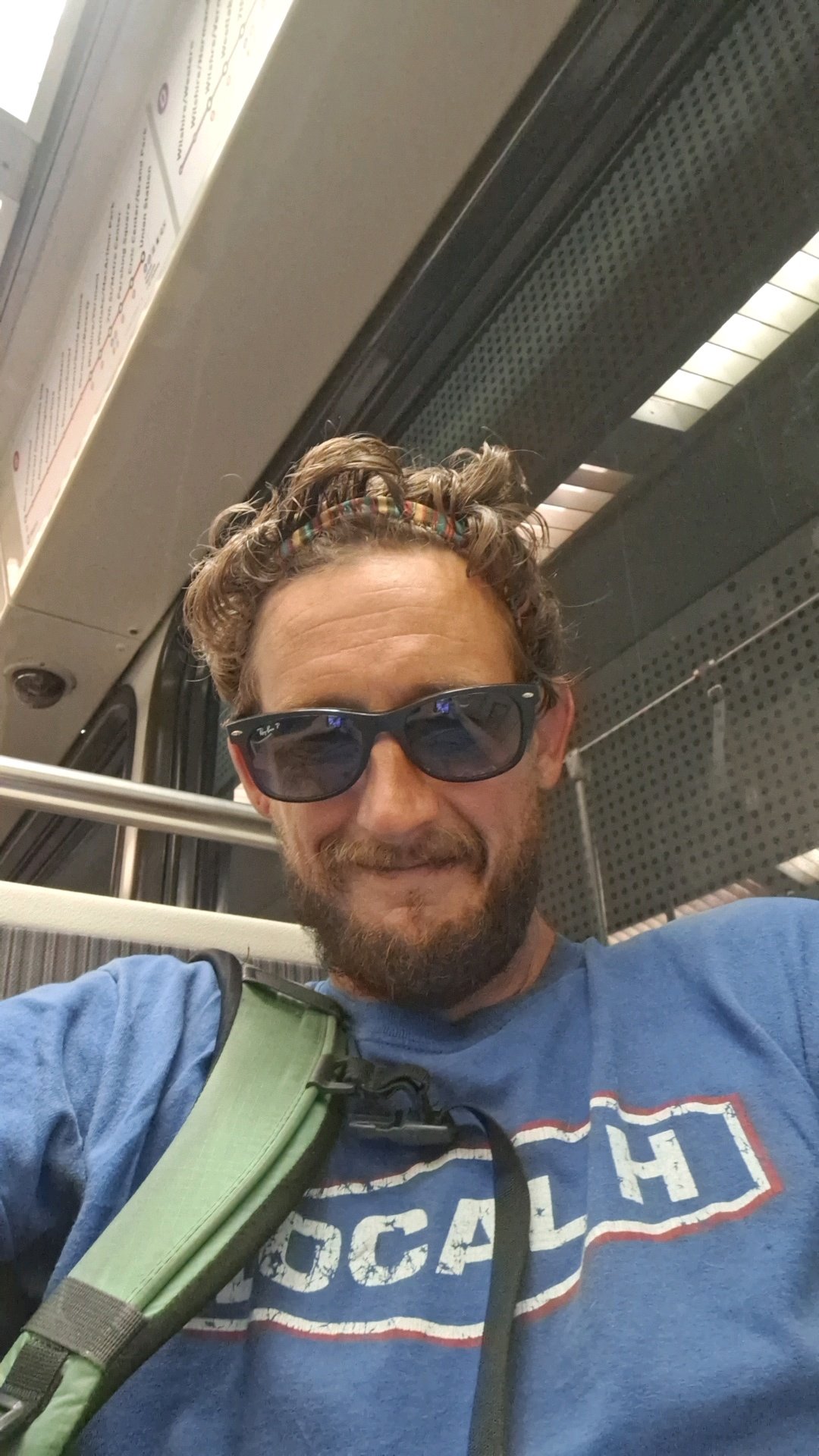Online: Kaytee Gillis
Jessilyn slumped on the couch, eyes cast downward. “I heard from my mother last week,” she said, her first time making eye contact since she had sat down 10 minutes before. I tried to hide my excitement at her willingness to go deep, instead trying to reflect a sense of neutrality and openness.
“We haven’t talked in fifteen years. Maybe twenty,” she began. “She left when I was about sixteen. My dad was violent, abusive really. He drank a lot. She couldn’t handle it I guess, so she left. Last I knew she had remarried and had a couple other kids a few years back.”
During this session with Jessilyn, she relayed a painful conversation with the mother who abandoned her when she needed her most:
I don't know why I opened this door. I knew it would upset me. But I asked her why she left so many years ago. I just came out and asked her. And do you know what she said to me? She said "you don't know how hard it was for me, Jessilyn. Living with that man. I just couldn't do it anymore.
Hard for her?! I thought. Like, she was an adult. She left a teenage girl who was barely able to drive, with this man who was so dangerous that she had to leave. What about me?!
But of course I didn't say this to her at first. I think I was in shock, honestly. She literally kept talking about how hard it was for her and how much better her life was once she got away, how much happier she is now... I couldn't even respond.
Most people would be able to see that Jessilyn’s experience was traumatic. Being left with a parent who was abusive and violent, and being unable to escape, is unthinkable. Even though she was a teenager, and not a small child, this experience nonetheless changed - and completely traumatized- her. But still she spent years unable to see this experience for what it was. Instead internalizing the shame and self-blame in ways that she struggled to articulate. Her mother’s refusal- or inability- to see her daughter’s experiences as traumatic compounded her feelings of shame and reinforced the trauma she had experienced.
Eventually Jessilyn was able to ask her mom those terrifying three words: “what about me?” Her mom’s response was that of shock and immediate denial. In her mother’s eyes, she herself was the true (i.e. “only”) victim of the violence and trauma within the home. During the very limited conversations that the mother and daughter had, Jessilyn’s mother would say things such as “Your experience couldn’t have been that bad, you turned out alright.” or “You have no idea what I went through, you should be happy that I got out.”
“She just won’t believe me! She can’t see what happened in my childhood and how that affects me today,” Jessilyn cried out from her spot across from me on the couch. “How do I move on if she can’t even understand the pain of my experiences, and how her leaving made it even worse for me?”
Many people come to me desperate to heal and move forward from their trauma history, yet struggling when it comes to convincing their caregivers what happened.
Sometimes, caregivers who also experienced trauma, such as in the case of Jessilyn’s mother, are so stuck in their own experiences that they are unable to see the bigger picture.
In reality, Jessilyn’s mother would not have to deny her own history in order to validate her daughter’s. She could acknowledge her own experiences of abuse while recognizing that her daughter also experienced them- yet was powerless to leave due to being a child. However, mother was unable to focus on any reality other than her own.
Many of my clients get stuck trying to convince their caregivers of their pain because they believe they need that acknowledgement to heal. In truth, few will receive the validation they seek from their experiences this way.
This lack of validation can come from many sources, but it is often our caregivers’ own defense mechanisms keeping them in the denial stage—denial of their own actions (or inactions) but also denial of their own history of trauma that they unfortunately repeated. Shame comes in when confronted with the truth, and self-defenses take over in absence of self-esteem. They replace that shame with self-doubt, outward blame, and even rage.
This is where our own internal tools will need to take over and make up for that lack of external support and understanding from our caregivers so we can heal.
Remember, you do not need to convince others of your truth in order to move forward. No one has to acknowledge our mourning or grief for it to be authentic. Of course, this is easier said than done. Not being understood or believed comes with a feeling of invisibility, which compounds many survivors’ trauma.
Instead, move towards self-validation. When working with clients with this experience, we focus on self-validation as a form of healing. Focus on acknowledging and validating your history. Whenever you feel the beginnings of denial or self-gaslighting creeping in, stop and say “no, I will not deny my history. What happened to me was traumatic, and I am allowed to feel this way.” Validating your own history is a crucial part of the healing process.
Adapted, in part, from the book: Breaking the Cycle, the 6 Stages of Healing from Childhood Family Trauma.
Links:
psychologytoday/child-development
